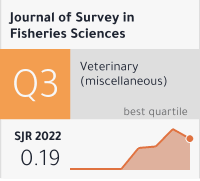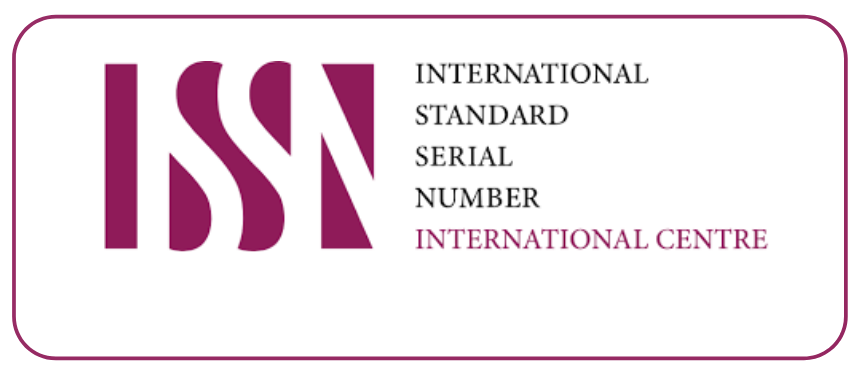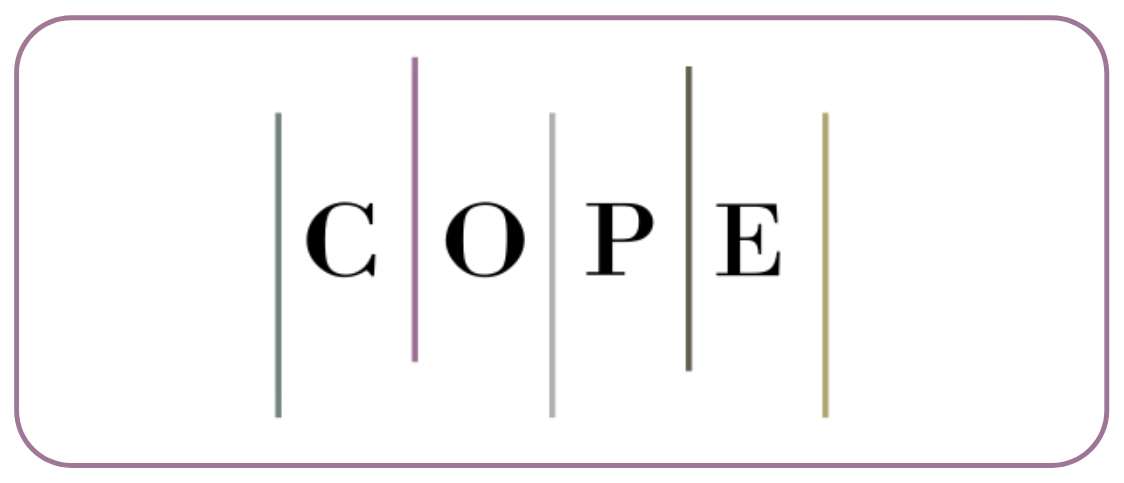Assessment of Freshwater Carp Culture, Growth and production in Domestic Sewage Oxidation Ponds in the Tropics: A Comparative Study
DOI:
https://doi.org/10.53555/sfs.v10i3.1746Keywords:
Domestic sewage, Eutrophication, Fish production, Human consumption, Physico-chemicalAbstract
Domestic treated sewage in the tropics is a rich source of nutrients and hence can be used for intensive aquaculture as well as abating the eutrophication of water. The domestic sewage effluent contains excessive nutrients which may increase growth of aquatic plants and stimulate the production of natural food for fish cultured in it. We have evaluated the growth of carps in primary and secondary oxidation ponds. Cyprinus carpio, Labeo rohita, Cirrhinus mrigala and Catla catla were stocked in these oxidation ponds. The comparative survival, rate of growth and net fish production was studied for two years along with control fresh water-pond grown fishes of similar dimensions. Except for C.catla, all the fishes recorded high survival rate in the secondary oxidation ponds, whereas the fishes could not survive in the primary ponds which received untreated domestic sewage and had unfavourable physicochemical conditions. An annual net fish production of 8590 kg/ha/yr of C.carpio, 1706 kg/ha/yr of L.rohita and 1443 kg/ha/yr of C.mrigala respectively was obtained in the secondary oxidation ponds. All the fish species were also cultured in normal control fresh water pond, where the net fish production was found to be 2400 kg for C.carpio, 590 kg for L.rohita and 390 kg for C.mrigala per/ha/year. Excessive fish production was observed in secondary oxidation ponds in comparison to the fresh water control pond. These results have been found to be significant and important with reference to comparable growth and assessment of sewage carps cultured in different types of ponds. Growth and production of fish both, have been significantly higher in sewage ponds.









